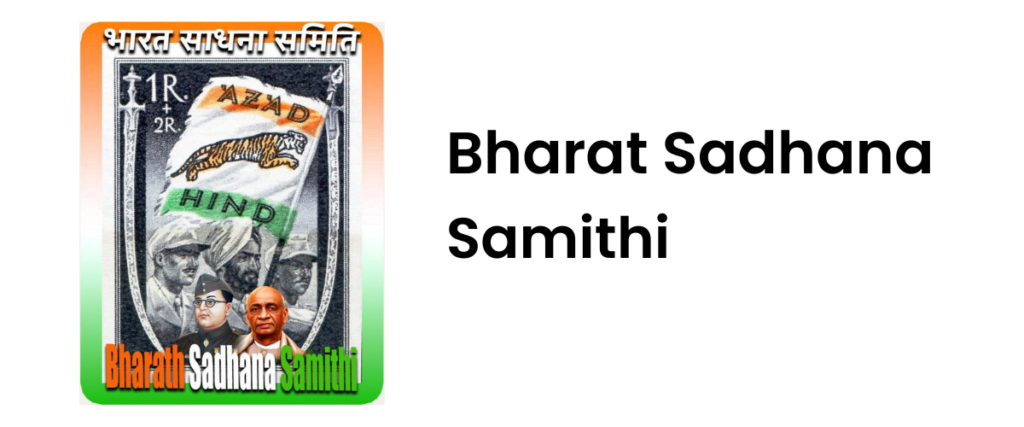Introduction
India, a land of diverse cultures, languages, and traditions, is often referred to as “Bharath” in many ancient scriptures and texts. The name “Bharath” holds deep significance, echoing the rich heritage and the profound unity that binds
The Origin of Bharath
The name “Bharath” finds its roots in Indian mythology and ancient scriptures. According to Hindu mythology, Bharath was the son of King Dushyanta and Queen Shakuntala, as depicted in the epic Mahabharata. Bharath’s lineage and valor are celebrated in various texts, symbolizing strength, righteousness, and unity.
Cultural Diversity
India’s cultural diversity is one of its most defining features. From the snow-capped Himalayas to the sun-kissed beaches of the Indian Ocean, India is a mosaic of languages, religions, cuisines, and traditions. Each region contributes its unique flavor to the tapestry of Indian culture, creating a vibrant kaleidoscope of diversity.
Unity in Diversity
Despite the myriad of cultures and languages, what binds India together is the underlying thread of unity. The concept of “Unity in Diversity” is deeply ingrained in the ethos of Bharat. Regardless of differences, there is a shared sense of identity and belonging that transcends regional boundaries.
Conclusion
India as Bharath is not merely a geographical entity but a timeless continuum of civilization, culture, and spirituality. It is a land where the past seamlessly merges with the present, and where diversity coexists with unity. As we unravel the layers of India’s identity, we discover a nation that is as fascinating as it is enigmatic, as ancient as it is dynamic. In embracing its essence as Bharat, we celebrate the enduring spirit of India that transcends time and space.

